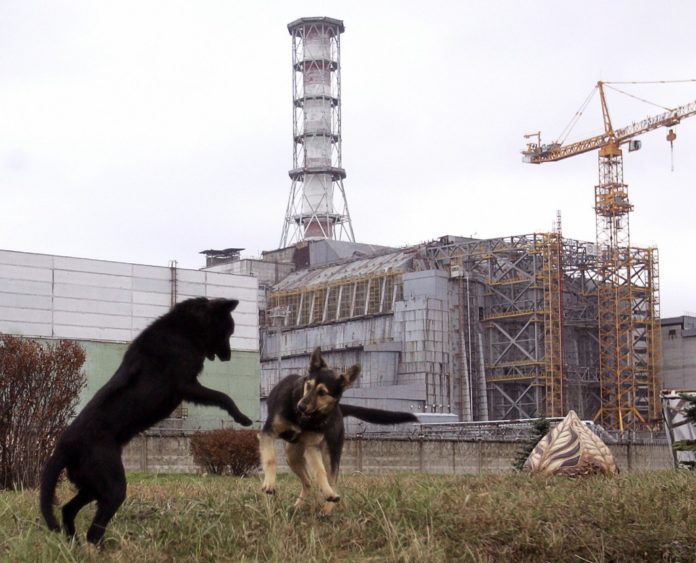
By Sophie McAdam at trueactivist.com
Animals are thriving in Chernobyl, proving that humans are more dangerous to wildlife than chronic radiation.
In 1986, a nuclear reactor exploded at a power plant in Chernobyl, Ukraine. It was the Fukushima of its day, sending plumes of radioactive emissions into the sky above Northern Europe and causing the displacement of 120,000 people.
But a heartening report out this week suggests that while humans cannot live in the exclusion zone, animals have thrived in Chernobyl since residents were evacuated over 30 years ago. A team of scientists just announced that wolves, deer, elk and wild boar have all returned to the area in great numbers. Brown bears, absent there for over half a century, have once again made Chernobyl their home.
Not only that, but scientists believe that the 4,200 square mile exclusion zone around Chernobyl has a population of wolves seven times higher than those of other nature reserves. Another highly surprising finding is that Chernobyl is now home to more wildlife than it was before the disaster.
An international group of scientists coordinated by Professor Jim Smith from the University of Portsmouth’s School of Earth and Environmental Sciences published their findings in the journal Current Biology earlier this month. It is the first ever large-scale study of mammal populations in the human exclusion zone around Chernobyl, and the team used field studies and computer models to map animal numbers accurately.
Professor Smith says it’s important to clarify that the research does not show that radiation is harmless to wildlife (a quick look at some photographs of devastating genetic mutations on animals in the zone clears up any confusion). Nevertheless, Smith says, we can conclude that human activity- such as farming, forestry, hunting and pesticide use- is much worse for wildlife than nuclear radiation. It’s sad that the only places our animal friends are safe and can live in peace are in those areas we humans aren’t destroying their habitats.
Dr Jim Beasley, of the University of Georgia, is a co-author on the paper. He said: “These unique data showing a wide range of animals thriving within miles of a major nuclear accident illustrate the resilience of wildlife populations when freed from the pressures of human habitation.”
Professor Tom Hinton, of Fukushima University in Japan, site of the second worst nuclear disaster, is a co-author of the new research, and said: “These remarkable data from Chernobyl will help us understand the potential long-term environmental impact of the Fukushima accident.”
This article (New Study Shows Wildlife Flourishing At Site Of Nuclear Disaster) is free and open source. You have permission to republish this article under a Creative Commons license with attribution to the author and TrueActivist.com.





it wasnt the Fukushima of its day..it was 400 times worse. not comparable at all. every person on the planet has some of chernoybol in them.
“(a quick look at some photographs of devastating genetic mutations on animals in the zone clears up any confusion)”
None of the photos have anything whatsoever to do with Chernobyl, or with radiation, for that matter.
As for the article; clearly the planet would benefit from a serious lack of humans.